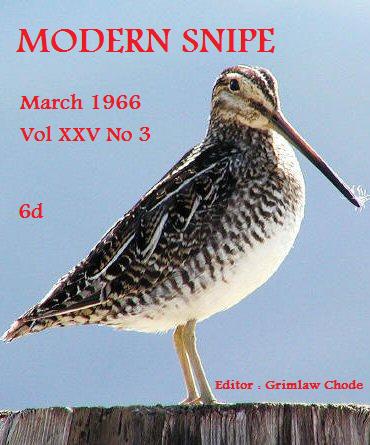It has been said that Dobson, the out of print pamphleteer, bestrode the 20th century like a colossus. This claim was first made by Dobson himself, when still a young man. At the age of twenty, he published a pamphlet resoundingly titled Why I Shall Bestride This Century Like A Colossus. It is a curious work, out of print of course, a thin tract with a picture of a whooper swan on the cover. It begins thus:
I shall bestride this century like a colossus. My name will ring out like a clarion. In years to come, whenever two or three are gathered together to discuss pamphleteers, there will be but one name on their lips: Dobson!
Such self-belief, in so callow a youth, is touching. Looking back, in his dotage, Dobson found it touching too, and he took to sitting with his one remaining copy of the pamphlet clutched to his chest, sobbing uncontrollably for hours on end. When Marigold Chew found him thus, she flung open the windows, whatever the weather, and stamped around the room singing loud, tuneless sea shanties, ones that involved pirates, cutlasses, bilgewater, tattered sailcloth, salt, seaweed, hard tack biscuits, foghorns, sirens, rigging, anchors, and shipwreck. Invariably, Dobson’s self-pitying lassitude would be broken, and he would hurl the curiously pristine pamphlet towards the fireplace, wipe away his tears, don his Bolivian military boots and his Stalinist cardigan, and crash out of the house to go on one of his jaunts.
Dobson’s jaunts, in the latter part of his life, usually took him to the nearest pig sty, but there was one occasion when he headed off in a different direction. He walked so far that day that he came upon a shining city on a hill, a city where all the streets had two names, one both illegible and unpronounceable, and the other devised by Yoko Ono as part of an art project to promote world peace. Postal delivery persons in that city were required by law to learn all the double street names by heart, or to face summary dismissal if they failed. Often, those who did fail – and there were many – would flounce around on the outskirts of the city warning travellers away. It was a paltry sort of revenge, and seldom succeeded, for the delights of that shining city on a hill attracted wayfarers from near and far, daily, in their thousands. It is a wonder that Dobson had never been there before this particular Tuesday.
A dismissed postal delivery person stopped the out of print pamphleteer as he was about to cross a pontoon bridge that would take him in to the most boisterous quarter of the city.
“Go no further, old man,†said this vengeful figure, whose yellow skin scarcely covered the work of muscles and arteries beneath. His hair was of a lustrous black, and flowing; his teeth of a pearly whiteness; but these luxuriances only formed a more horrid contrast with his watery eyes, that seemed almost of the same colour as the dun white sockets in which they were set, his shrivelled complexion, and his straight black lips. His voice was booming and monotonous, empty of human expression and lacking any variation in tone or cadence. “This city you approach is no place for out of print pamphleteers.â€
Ever sensitive to warnings from spooks and wraiths, Dobson turned around and went home. He found Marigold Chew in the back garden, drilling holes in an enormous sheet of corrugated cardboard.
“I was warned away from a shining city on a hill,†he said, “Is it a city you have visited?â€
Marigold Chew stopped drilling, reset the safety catch, and removed her protective goggles.
“You are a foolish old man in your dotage, Dobson,†she said, though there was kindness in her voice, “And it is well you were warned away, for that city you think you saw is illusory. Some say the hill it sits atop is hollow, and harbours within it heaven, and some say hell. Either way, I am pleased to see you home. Let us clear the nettles from the vegetable patch.â€
That was what happened on that Tuesday towards the end of the 20th century. Did Dobson indeed bestride it as a colossus? He was not the only person to think so, but the names of the others escape me for the time being. When I remember them, I will tell you.
*
That piece, an earlier version of which first appeared last year, has been chosen as a set text for the entrance examinations to Bodger’s
1. Imagine you are the dismissed postal delivery person who encounters Dobson by the pontoon bridge. Would you have handled the situation in the same way? Think about what you would have said to the out of print pamphleteer, then translate it into Latin.
2. Do you think Yoko Ono’s unnecessary double-naming of the streets in the shining city on the hill would make a significant contribution to world peace? Give reasons for your answer in terse, cogent prose, then translate that into Latin too.
3. Give a brief account of the career of David Blunkett, with special reference to his second resignation speech and tearful use of the phrase “the little ladâ€. Or was that the first resignation speech?
4. If you could bestride a century like a colossus, which century would you choose so to bestride, and why? Extra marks will be awarded if you turn pale, gnaw the end of your pencil in desperation, and crumple to the floor, twitching and shattered.

